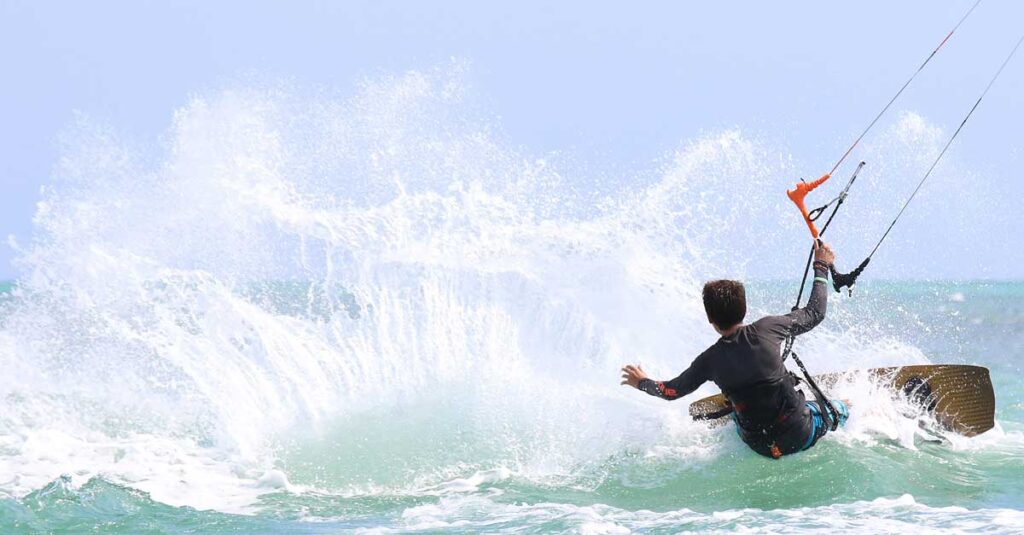Wakeboarding is a fun and healthy water activity. However, it can be pretty daunting picking your first wakeboard and other equipment. We are here to help, here are some buying guidelines.
Boat vs Cable
The first thing that you have to consider when picking a wakeboard is whether you will be using it at the cable park or behind a boat or a kayak.
Boat boards are heavier, firmer, has less flex and usually comes with fins to get better grip in the water. Cable boards on the other hand have no fins, are lighter, and more flexible which is better suited for going thru obstacles. Though you can use a cable board behind the boat, it may be a little bit more difficult to balance because of lack of fins. You can also use a boat board at a cable park as long as you don’t pass thru obstacles as the fins will get in the way.
There are however boards for both cable and boat that have detachable fins that will gives it more versatility if you plan to regularly ride behind the boat or at the wake park. Most board manufacturer have both cable and boat boards in their lineup.
Some of the top wakeboard brands include Hyperlite, Ronix, Liquid Force, Jobe, CWB, O’Brien, Body Glove, among others.
Size of Board
Size of the board is very important. Shorter boards are lighter and easier to jump thru obstacles but are less buoyant compared to longer boards, thus larger individuals should opt for the latter. If you are 5”4 – 5’8, 130 lbs to 160lbs, you can choose between 138cm to 142cm.
That range size board will carry you just fine. If you are 5’9 and taller, and 180lbs above, a board around 145cm would be more ideal. If you are a shorter person, but want to go the fastest possible, you can also consider a 145cm board. The more surface are a board has to the water, the faster it can go. However, it may be a little more difficult jumping thru obstacles due to it being slightly heavier than a shorter board.

System Bindings vs Fixed Bindings
There are various types of bindings. There are those with a Velcro strap, those with a lace tying mechanism, and those that cam be detached and reattached to the board such as Hyperlite’s System Bindings, and Jobe’s Drift System Each type of system works well, and it will all boil down to personal preference.
However, make sure that the boot fits just right. Not to tight that your feet won’t come off in case you catch a front edge, and not too loose. Too much space in your booth will make the board more difficult to control in obstacles or in turning.
Coast Guard Approved vs Impact Vest
In general, there are two types of life vest: Coast Guard Approved (CGA) or impact vest. CGA vests, as the name suggests, are built to specifications set by the US Coast Guard.
It is usually more buoyant, but also bulkier compared to an impact vest. Impact vests, are generally less buoyant, and also have a slimer outline which lets you wear a t-shirt over them. Most professional wakeboarders also prefer using impact vests in tournaments as it is less constricting when performing tricks.
However, there are some cable parks, that only allow CGA life vest to used on their park. Make sure you contact your local cable park about this.
Helmets
Like bindings, the most important aspect of buying a helmet is the fit. A helmet that’s too tight will not fit snugly in your head, and if it’s too big it will slide around your head lessening it’s protective capabilities in case of impact.
In general, you can use helmets made for skateboarding, however it is better to use a helmet specifically designed for watersports as there usually have more vents for water to flow out. Some of the notable helmet brands include Triple 8, Bern, Jobe, among others.
Your opinion is important to us!
Do you have more suggestions on how to choose your first wakeboard? Let us know in the comments bellow or contact us!
